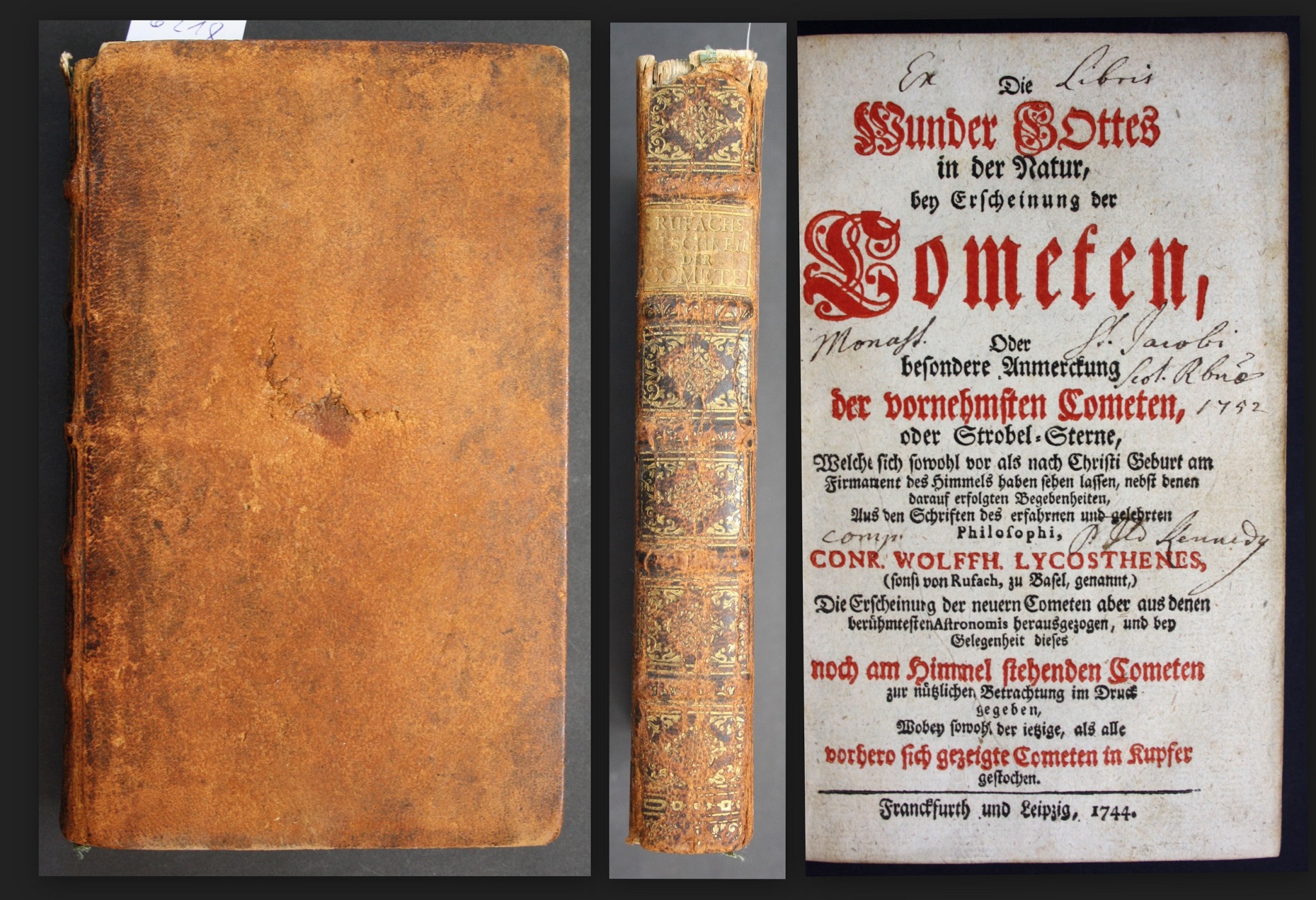Lequesne, Eugène Louis (1815-1887) – Tanzender Faun mit Flöte / Dancing faun with flute. Paris, Susse Frères, ca. 1870.
Height: ca. 29 cm. Weight: 1,730 kg. Signed by the sculptor. Produced in Paris, at the Susse Frères foundry – with foundry stamp. In very good condition.
Eugène-Louis Lequesne (1815-1887) was a distinguished French sculptor. Born in the 9th arrondissement of Paris, he came from a family with ties to the military through his grandfather, M. Garand, the director general of military supplies. After completing a legal education and earning a law degree, Lequesne entered the École des beaux-arts de Paris in 1841, studying under James Pradier. His talent quickly garnered attention, and in 1843, he won the second prize in the competition for the „Grand Prix de Rome“, followed by the first prize in 1844 (with the bas-relief entitled „Pyrrhus tuant Priam“). Lequesne lived at the Académie de France in Rome (1844-49), where he developed his skills and created notable works.
In 1851, Lequesne earned a first-class medal at the Salon for his sculpture „Faune dansant“ and later received the grand prize of sculpture at the 1855 Universal Exposition. His career flourished during the Second Empire, and he was awarded the Legion of Honour. Lequesne passed away in 1887 at his residence in Paris, leaving behind a legacy of remarkable sculptures. His close association with his mentor, James Pradier, was evident, and he played a significant role in preserving Pradier’s artistic heritage. Beyond his sculptural achievements, Lequesne was also known for his prowess in chess, even engaging in a notable game with the American champion Paul Morphy in 1858-1859. Lequesne’s diverse talents and contributions to French art and culture solidify his place as a prominent figure in 19th-century sculpture.
Very beautiful bronze rendition of a famous mythological sujet – the dancing faun.
sold/verkauft




















